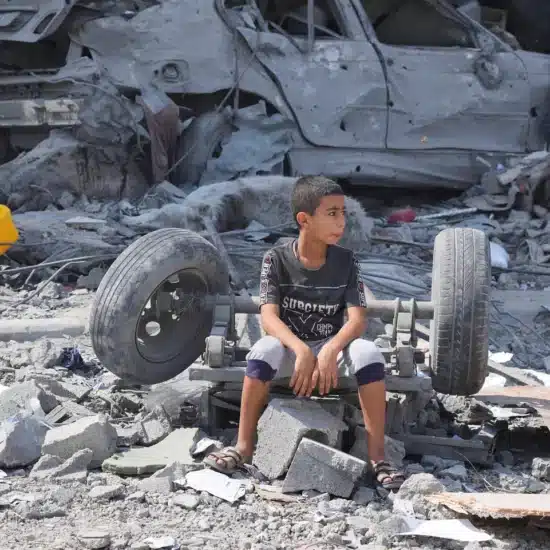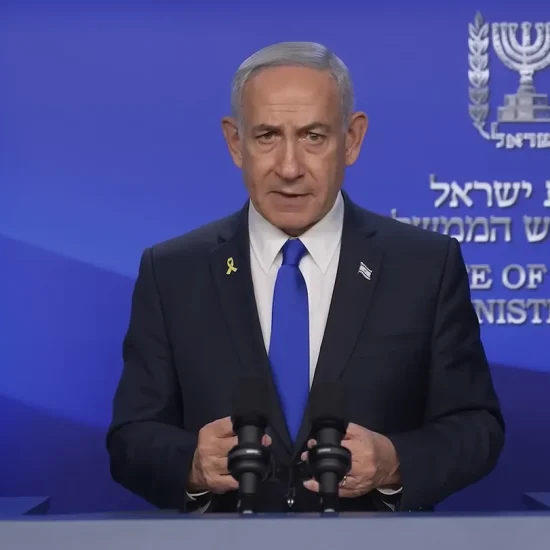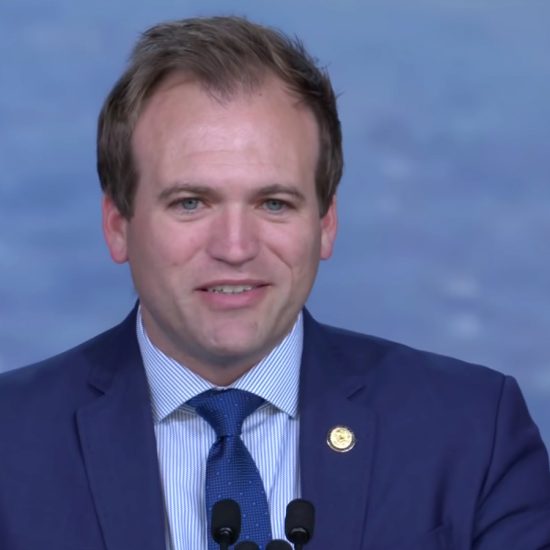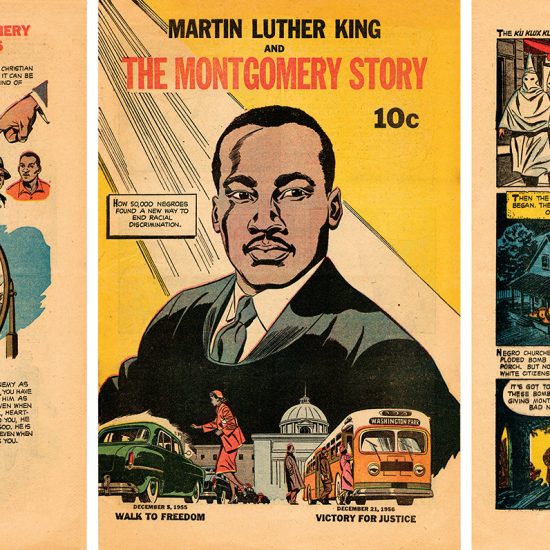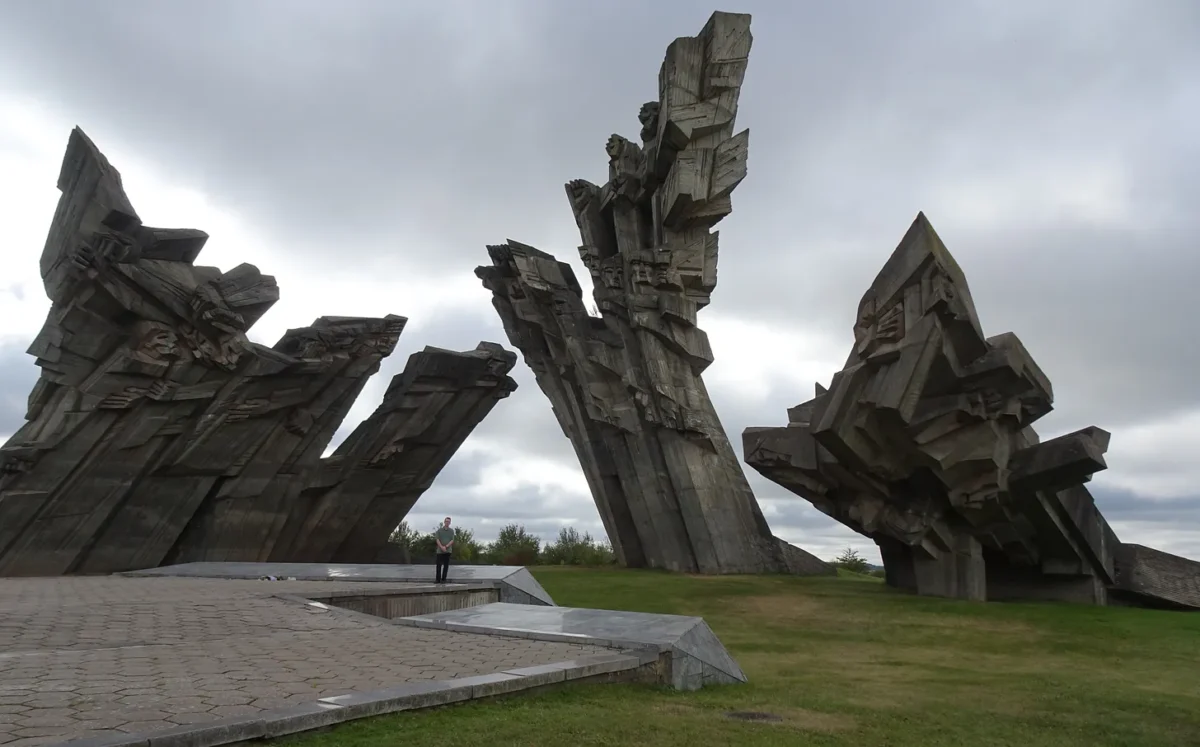
April is “Genocide Awareness Month.” The Armenian genocide started on April 24, 1915. The Cambodian genocide under Pol Pot began on April 17, 1975. And the Rwandan genocide erupted on April 7, 1994. Yom HaShoah (or “Holocaust Remembrance Day”) moves with Passover but is observed each year in April or May.
Each time the land is watered with blood, we plant new memorials to remember the dead. One of the most remarkable such memorials sits in Kaunas, Lithuania, which I visited in 2022 during a trip to attend a gathering of the European Baptist Federation in neighboring Latvia.
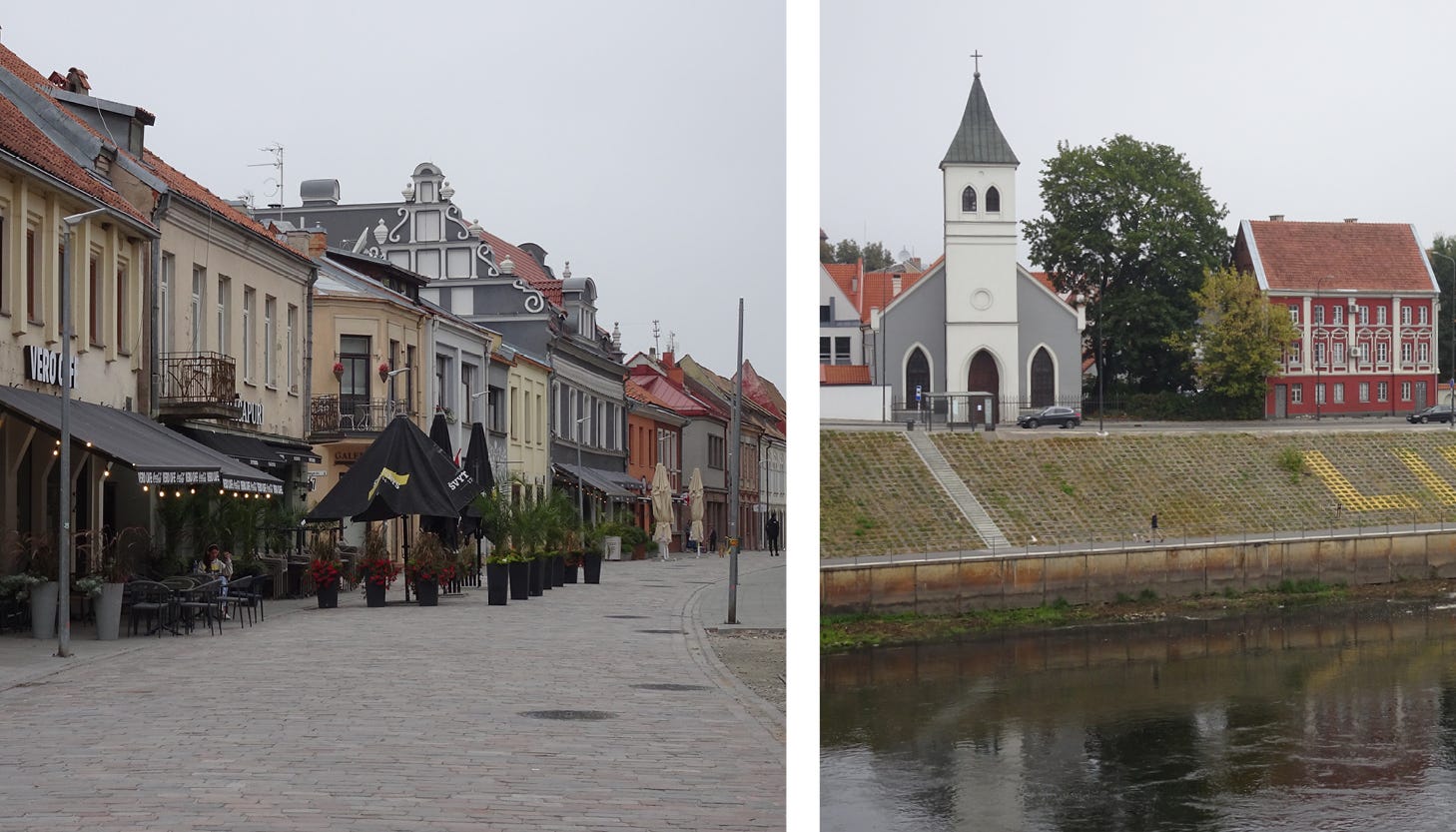
Kaunas, Lithuania. (Brian Kaylor/Word&Way)
Built at the start of the 20th century as a military fort to protect Kaunas, the Ninth Fort was barely completed before World War I. After the war, it was transformed into a Lithuanian prison in what was the capital of the country at the time. When the Soviet Union occupied the nation early in World War II, they used the fort to house political prisoners who would later be sent to the Gulag.
As battling empires rolled over the land and its people, the Nazis in 1941 forced out the Soviets. The Ninth Fort’s bleak history soon darkened. More than 45,000 Jews from Lithuania and nearby nations were killed there. That included more than 9,000 on a single day after they were marched from the Jewish ghetto in Kaunas over to the fort. The death toll pales to that of concentration camps, like Auschwitz-Birkenau (which I previously visited), but the number of voices silenced there still seemed unfathomable as I looked over the small, peaceful field next to the Ninth Fort.
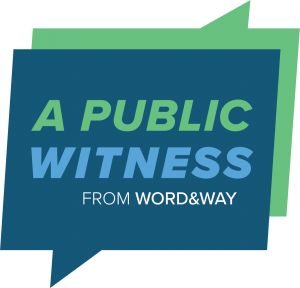
The rest of this piece is only available to paid subscribers of the Word&Way e-newsletter A Public Witness. Subscribe today to read this essay and all previous issues, and receive future ones in your inbox.

